A matter of perspective
Some members of my congregation are worshipping online with other congregations during this pandemic season. One response to this might be concern that we will ‘lose’ such members from our congregation when we return to gathered worship. It looks, from one point of view, as though such members are disengaging with our congregation, leaving us, moving on.
Many of these members, however, engage with streamed or recorded worship services in addition to engaging with worship materials that we provide. Further, engaging with other congregations is something I, as minister, have encouraged, for I will not assume that Wesley Canberra will or ought to be all things to all people in these very difficult circumstances. I do not make that assumption in non pandemic circumstances.
Our congregation’s leaders have confidence that our people are receiving what they need from the church, broadly, so that our connections with other ‘members’ of the wider body of Christ are cause for celebration, not dismay. These connections with other congregations weave us into the fabric of the broad body of Christ, one church together.
And beyond worship, our people are maintaining – and deepening – relationships within the congregation through this time. Because we are not passing each other in the vast spaces of our building, we don’t see each other’s gatherings; because we do not worship together, we do not see the connections between the members of our community. But it is our relationships of mutual care, our commitment to our community of faith, which are alive and well, that will bring us back together as a congregation when we are able to gather again.
We have added a morning tea by zoom to our fortnightly rhythm, with perhaps a tenth or less of the congregation choosing to engage in that mode of connection. Again, depending on perspective, one might ask are people disengaging from the congregation, or are they finding enough ways to maintain and deepen connection, that only those who need it are joining for morning tea?
In the pastoral letter each week, I have tried to hold up a mirror to the community, to show them what I see. Without breaking confidences, I acknowledge that we have members who are ill or recovering from surgery, distant from family or starting to reconnect, grieving, marrying, welcoming new family members, serving each other and the wider community.
Of course, not everyone reads the pastoral letter each week, and not everyone receives the information I think I have given them. Some will skip over the encouragement to worship elsewhere, or not realise it is encouragement. Communication is two-way, and how one receives what is spoken or written will be shaped by one’s own experiences, ideas, preferences, for how worship will happen, what congregation life ‘should’ look like.
Trinity. Kelly Latimore
https://kellylatimoreicons.com/
http://diglib.library.vanderbilt.edu/act-imagelink.pl?RC=57123
A matter of priority
I have heard members of my congregation cry that we ought to be producing the sort of streamed or recorded worship services that other congregations are producing, as one of the larger congregations in our presbytery.
We at Wesley Canberra have sought to model an alternative to the numerous attempts to replicate ‘normal’ worship in a very ‘un’ normal situation, from our platform as one of the larger congregations in our Presbytery. It is our first priority to enable and equip our own congregation in their worship and discipleship. However, not only are our members feeling supported in their worshipping lives through our materials and our encouragement to engage with other congregations, we ourselves are having an impact in the wider church.
Congregations around Australia have used our worship at home outlines as an alternative way to worship in this time.
The content our Children and Youth Worker has produced has a reach of thousands, across the world, and because of her work, she has been invited to lead workshops and teach for the Synod through Uniting Mission Education.
Not all our members see all, or any, of this wider impact of the work of our ministry team. Recently, I have been shown the perspectives of our members, scattered, separated from the whole, seeing in part, seeing through lenses of fear. Three months in, it has been helpful to show them the big picture again, because from where they stand, they are feeling disconnected, because when they hear of people seeking ‘church’ elsewhere they fear their faith family might be fracturing.
A matter of presence
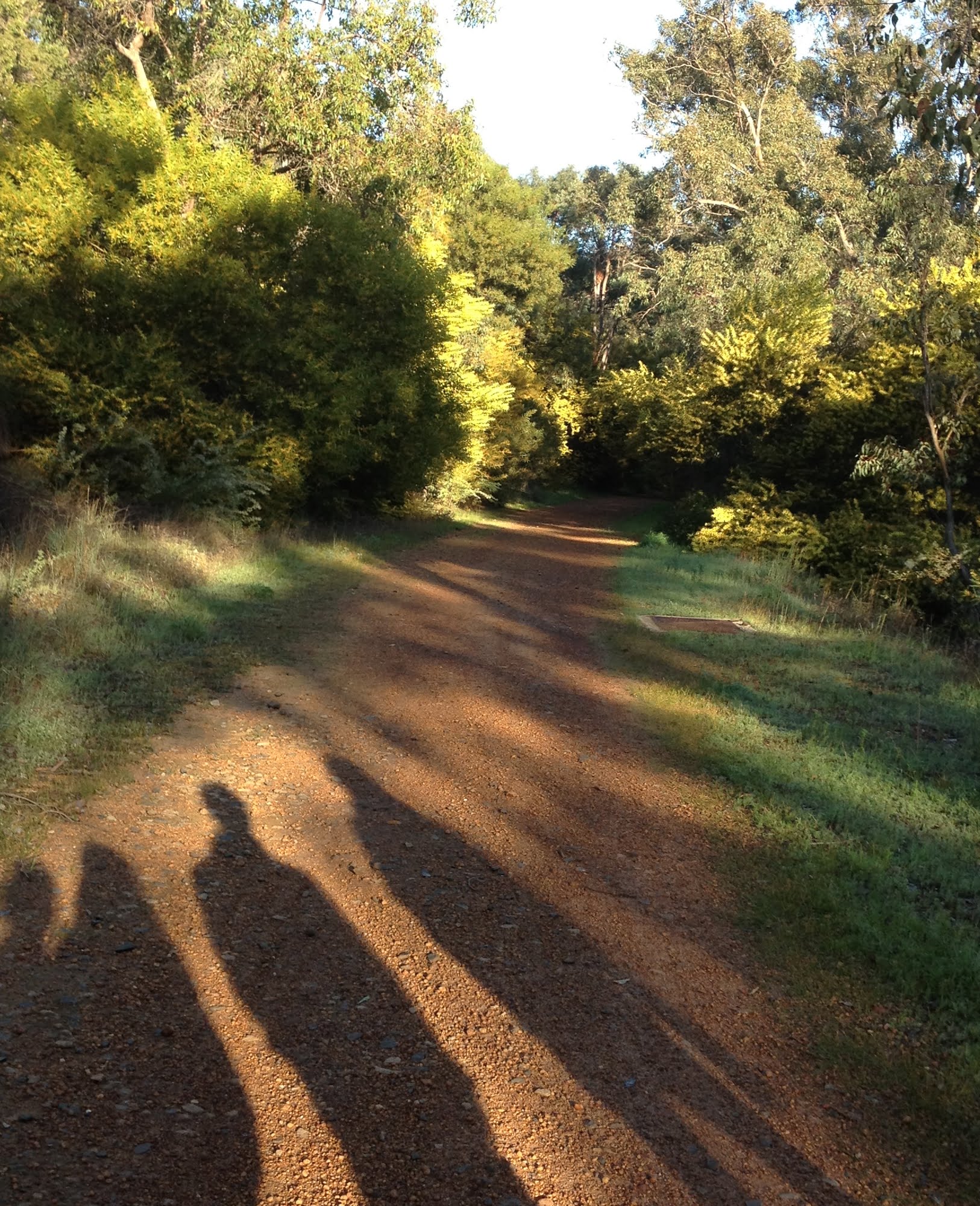
In the immediate circumstances of suspended worship, I and my team deemed it vital for the congregation to hear from their minister, often. The safest (I have a significantly compromised immune system) way for me to be present was through pastoral letters each week, and by facilitating our worship in the mode we have adopted. Though we have our ministers in association, retired ministers, and lay leaders, the reality is that I am the minister in placement, the one minister in a placement for two, and that presence is needed throughout the length of this situation. So we have sought sustainable practices for a minister with chronic illness.
It is so hard to maintain presence with a congregation when you are unable to be physically present with each other.
But because I understood the need for the minister to be something of a focal point, and let myself be such, I have found a way to be present. I receive a lot of information from the congregation, as we channel conversations through the minister as central conduit more than usual. As group leaders check with me the guidelines for safe ways to gather, I hear how they are gathering, or what they are doing in the absence of gatherings; as elders and ministers in association engage in pastoral care, they keep me informed of the general wellbeing of the congregation, and specific joys and concerns; when members send emails with their feedback on worship and the children and youth content, they are forwarded to me. I am present through conversation, in shared discernment, overseeing care.
These are very different times, and while along many edges of the church people have been experimenting with different forms of worship and community life, many in the middle of the inherited church have never seen or imagined church beyond its standard form of the mid-20th century. This is unfamiliar. It is uncomfortable. It is even a little scary, as is the whole pandemic situation more broadly.
I see that what my people need from me is a confident presence reassuring them that their community of faith is not threatened, not falling apart; that we are not abandoning one another, but are tightening our bonds, are travelling together, will emerge from this season whole. I need to be honest with them that we will experience change, for this season and beyond it. I need to speak again and again for them the constants: the presence of Holy One, the comfort and challenge of Jesus in peace and justice, the comfort and challenge of Spirit in community and prayer, the comfort and challenge of Creator in life and love. And I need to show them again and again who they are, people of Holy One, how they are living that identity with courage and care for one another, especially when, in their fear, they cannot see clearly themselves.
And I suspect that what I am learning about leading a congregation, about exercising a ministry of presence, in pandemic circumstances is re-learning principles for congregational ministry beyond these times.
Most Recent Blog Posts – Ministry of Presence
God’s Story at work in us
Reflection for Christ Church Uniting, 5 November 2023 with 1 Thess 2:9–12 Paul sends W/word The word went from member to [...]
Worthy of the Name
Reflection for Christ Church Uniting, 22 October 2023 with Exodus 33:12–23 and 1 Thess 1:1–10 For what we may be remembered [...]
True Words
Artist in Residence – Bringing Life to Words Christ Church Uniting, 8 October 2023 with Psalm 19 True words We [...]
Inconvenient Story
Artist in Residence – Bringing Life to Words Christ Church Uniting, 1 October 2023 with Matthew 21:23–32 Stories are [...]
Awe for River
Season of Creation, River Sunday, at Christ Church Uniting, 24 September 2023 with Genesis 8:20–22; 9:12–17; Revelation 21:1–5 Note [...]
Who we say we are. Love Embodied
Part Three of a reflection series for Christ Church Uniting, 10 September 2023 with Romans 12:9–13; 13:8–10 A statement [...]

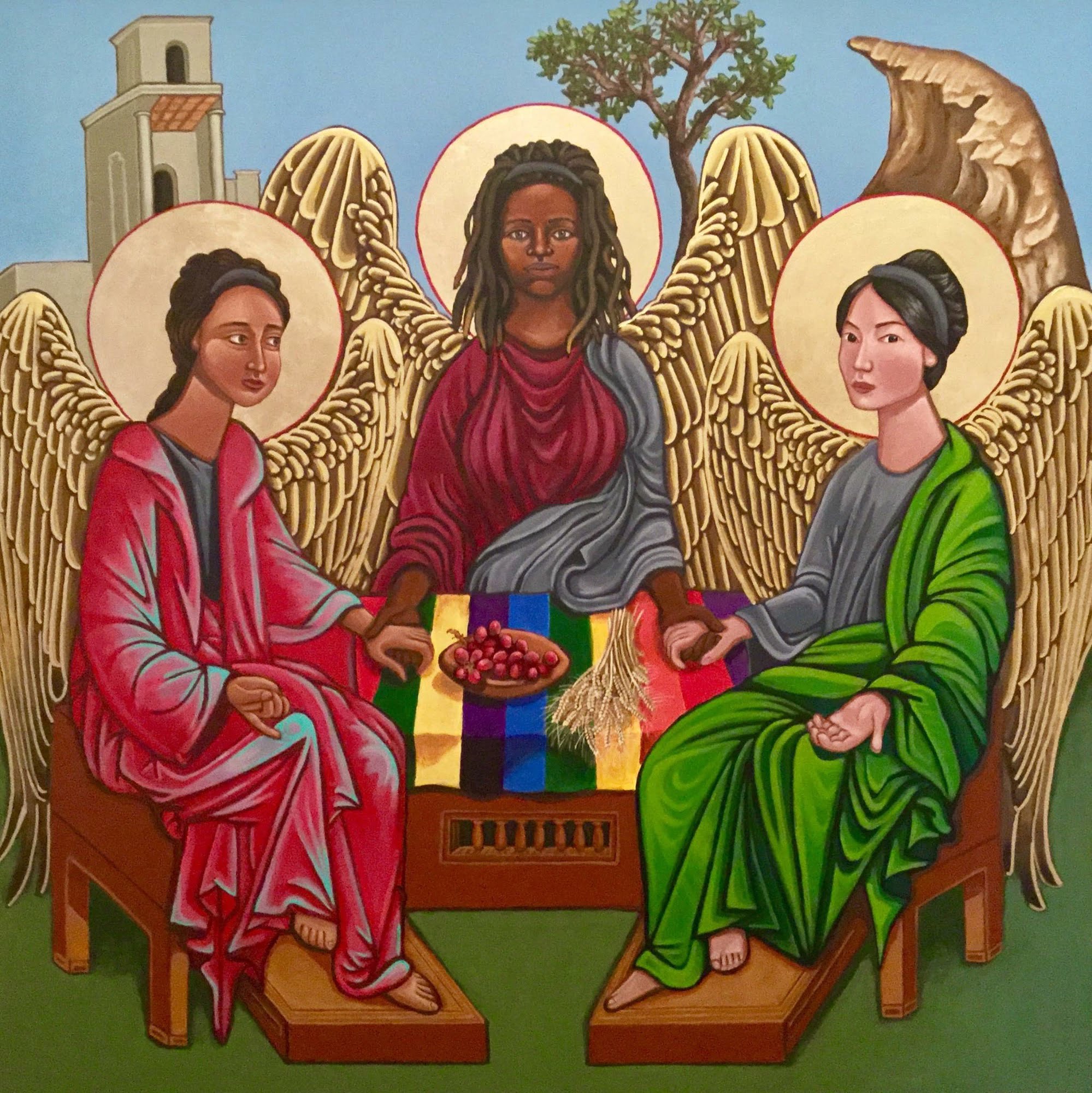
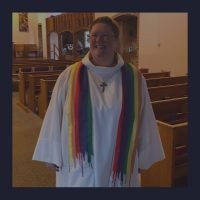
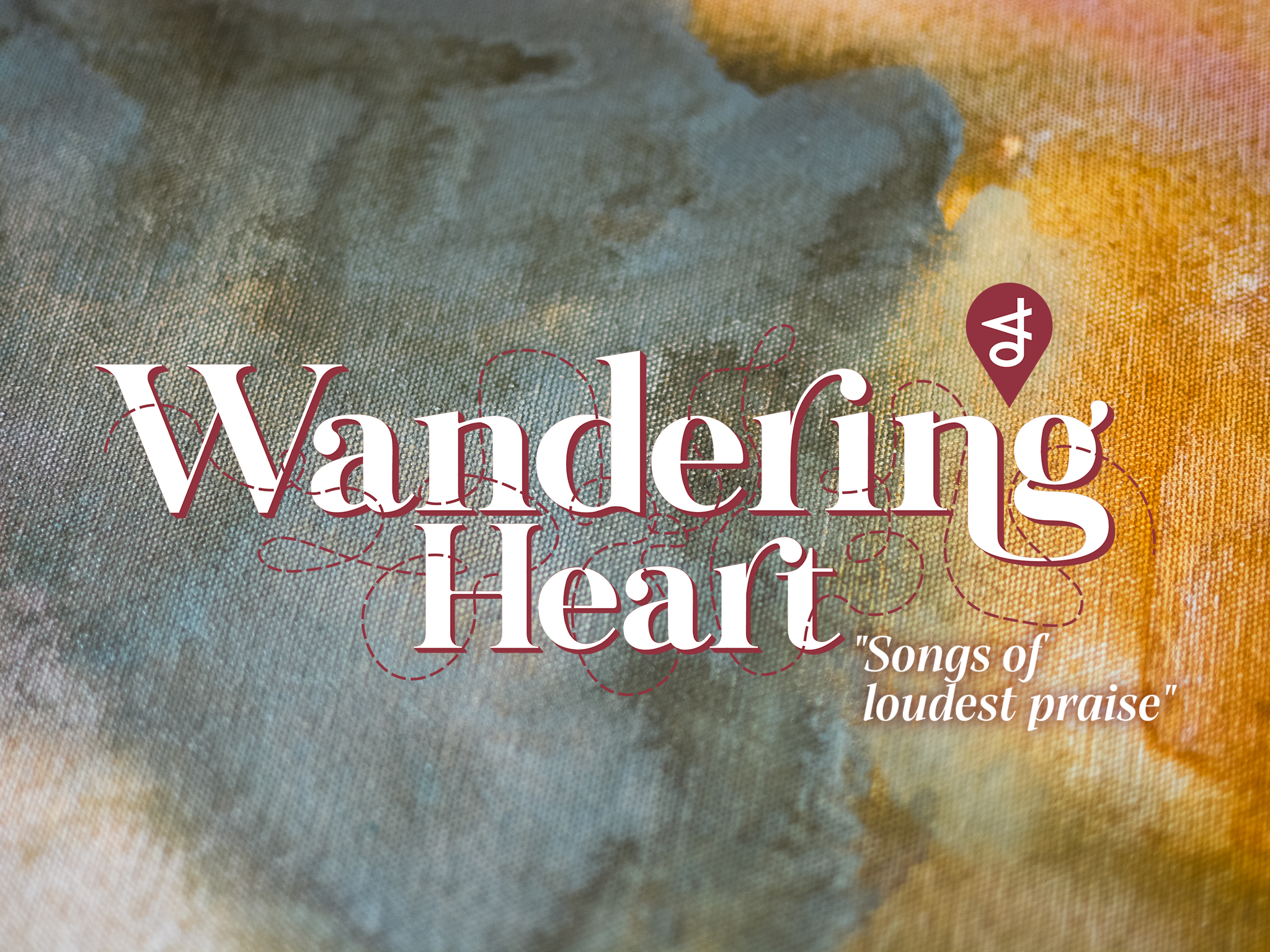

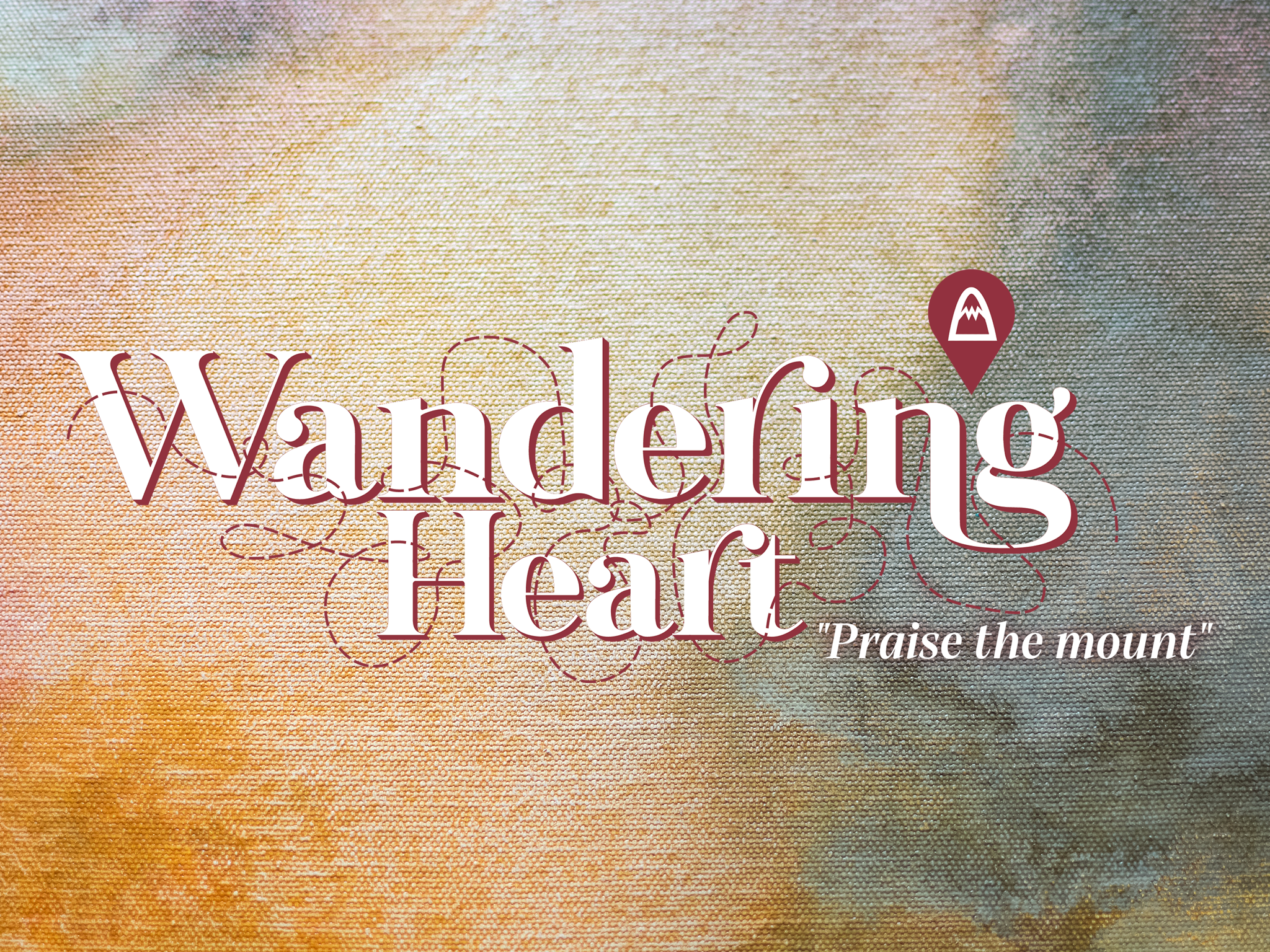
Leave A Comment